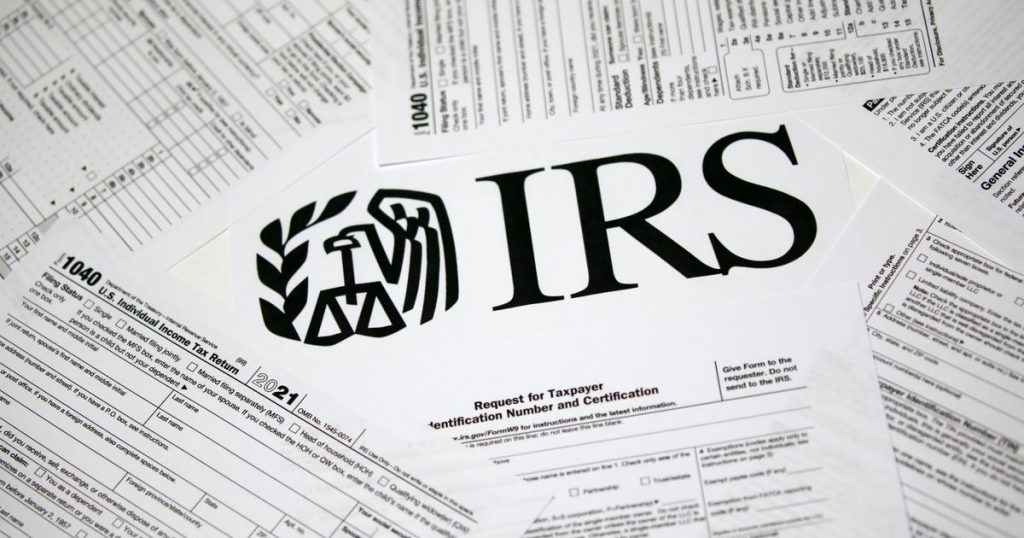With the impending tax deadline looming, individuals are faced with the imperative task of meticulously evaluating their financial circumstances, particularly in light of any significant alterations in their income over the past year. The Internal Revenue Service (IRS) unveiled updated tax brackets and adjusted thresholds in October, underscoring the importance of a thorough assessment to ascertain whether these changes might necessitate a shift in tax bracket placement.
While the fundamental tax rates themselves remain consistent, the subtle variations in income thresholds can wield a substantial influence on the ultimate tax liability. Consequently, remaining abreast of these modifications assumes paramount significance, enabling taxpayers to adeptly navigate the intricacies of the filing process and empowering them to devise astute strategies aimed at either mitigating their tax obligations or optimizing their potential refund.
n addition to the new tax brackets, the standard deduction, the amount you can deduct to adjust the amount of income on which you’re taxed, has also increased from $12,950 to $13,850 for single filers and from $25,900 to $27,700 for married couples filing jointly. Here’s a look at the new tax brackets that will be used when filing in 2024.
Here are the marginal tax brackets for married couples filing jointly in 2025:
These brackets outline the taxable income ranges and the corresponding tax rates for married couples filing jointly in 2025.
The IRS has also announced new income tax brackets for tax year 2024, which will be used when filing taxes in 2025.
The standard deduction will also increase from $13,850 to $14,600 for single filers and from $27,700 to $29,200 for married couples filing jointly.
Here’s a look at the new tax brackets that will be used when filing in 2025.
These brackets delineate the taxable income intervals and the corresponding tax rates for single filers.
These brackets delineate the taxable income intervals and the corresponding tax rates for married couples filing jointly.
If you’ve already filed your taxes, there are convenient online tools available to keep track of your refund status. For federal taxes, you can utilize the IRS “Where’s My Refund” tool or download the IRS2Go mobile app.
These platforms provide updates on when your refund has been received, processed, and sent out. Typically, you’ll see your refund status within 24 hours after e-filing a current-year return, within three or four days for a prior-year return, or after about four weeks for a paper return. To access this information, you’ll need to provide your Social Security number or individual taxpayer ID number (ITIN), filing status, and the exact refund amount from your return. Refunds are usually delivered via direct deposit within five days, while those expecting paper checks may have to wait a few weeks. For state taxes, residents of New York can visit the Department of Taxation and Finance website and navigate to the “Check refund status” section.
This service allows you to track various aspects of your state tax return, including receipt, processing status, any required reviews or additional information, adjustments to refund amounts, and issuance of refunds.
